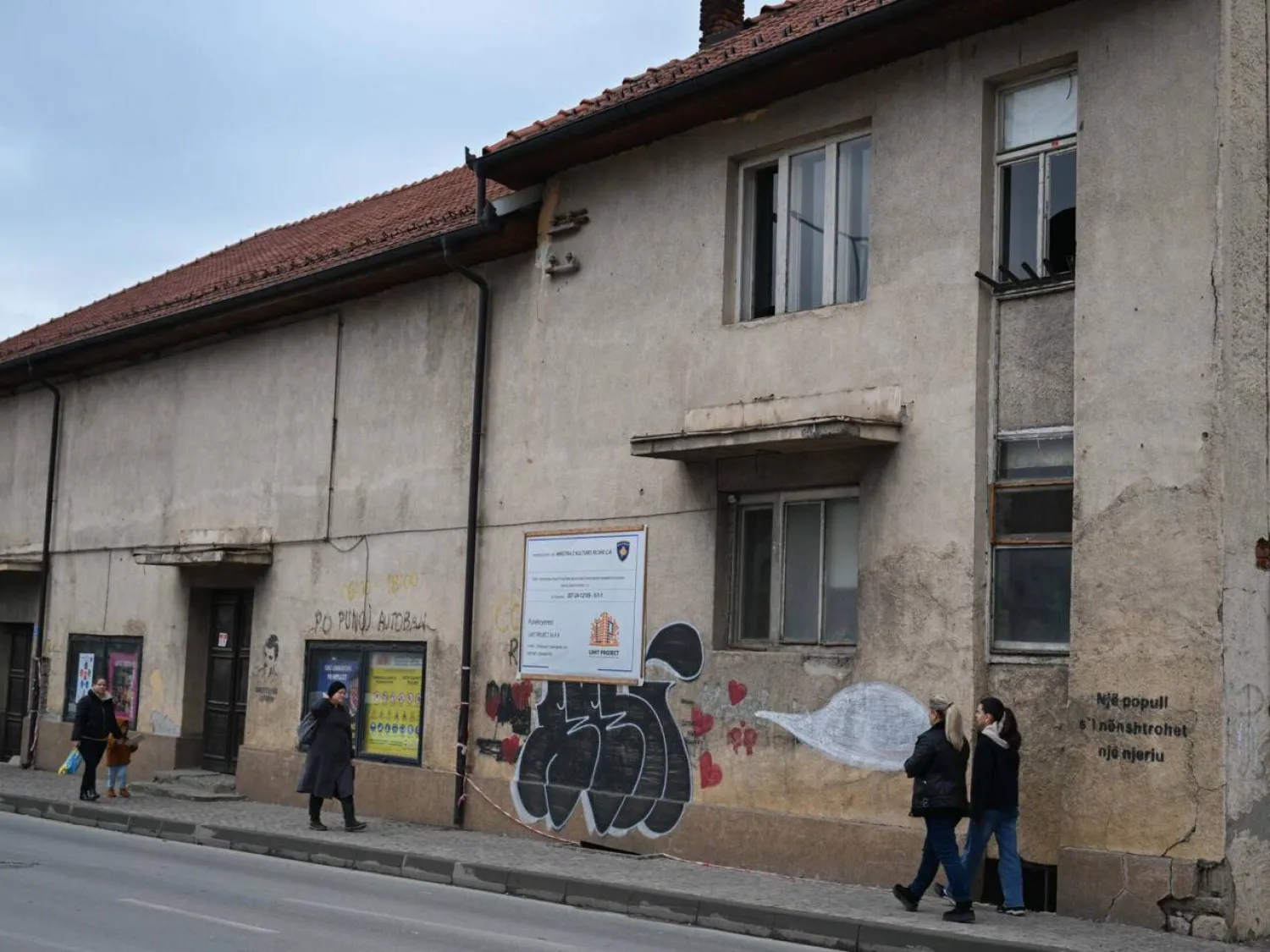Russians are flocking to catch what some fear could be a final glimpse of the embalmed body of Bolshevik leader Vladimir Lenin before his tomb on Moscow's Red Square, long a place of pilgrimage for communists, closes for repairs until 2027.
The mausoleum, which houses a waxy-looking Lenin replete in a three-piece suit inside what is purportedly a bullet-proof, blast-proof glass case, is due to be structurally overhauled after an inspection uncovered problems.
Once a popular attraction for Western tourists and still a favorite for Russians visiting the capital from the regions, the red and black granite structure is expected to close in the coming weeks, with repair work set to last until June 2027.
Officials say that the body of Lenin, who died in 1924 after helping to establish the world's first socialist state, is not going anywhere and that the central hall where he lies in state will not be touched.
But news of the temporary closure has seen long lines form to get into the mausoleum, with some visitors fearing it could be their last chance to see Lenin.
"From a historical point of view, I want to witness his being in a mausoleum because I think Lenin will be buried at some point, maybe in the future or near future," said Tatyana Tolstik, a historian from Ulyanovsk, the city on the Volga where Lenin was born.
A young woman called Snezhana, who did not give her surname, said she wanted to "dive into the past" because she was also unsure how long it would be possible to visit the mausoleum.
The Communist Party, which ruled the country from the 1917 Bolshevik Revolution until the collapse of the Soviet Union in 1991, is fiercely opposed to the removal of Lenin's body, and Gennady Zyuganov, the party's veteran leader, has said President Vladimir Putin has assured him it will not happen on his watch.
The Kremlin has repeatedly denied plans to permanently close the mausoleum.
Standing in line, Olga Pavlova, from the town of Mirny, said today's generation of Russians had a lot to thank Lenin for.
"I am on holiday and decided to show (the mausoleum) to my son and see it for myself," she said.
"He (Lenin) is someone who changed our life in a very good way. Due to him, we have all the benefits that we have today. (For example,) education, healthcare, and comfortable houses."









